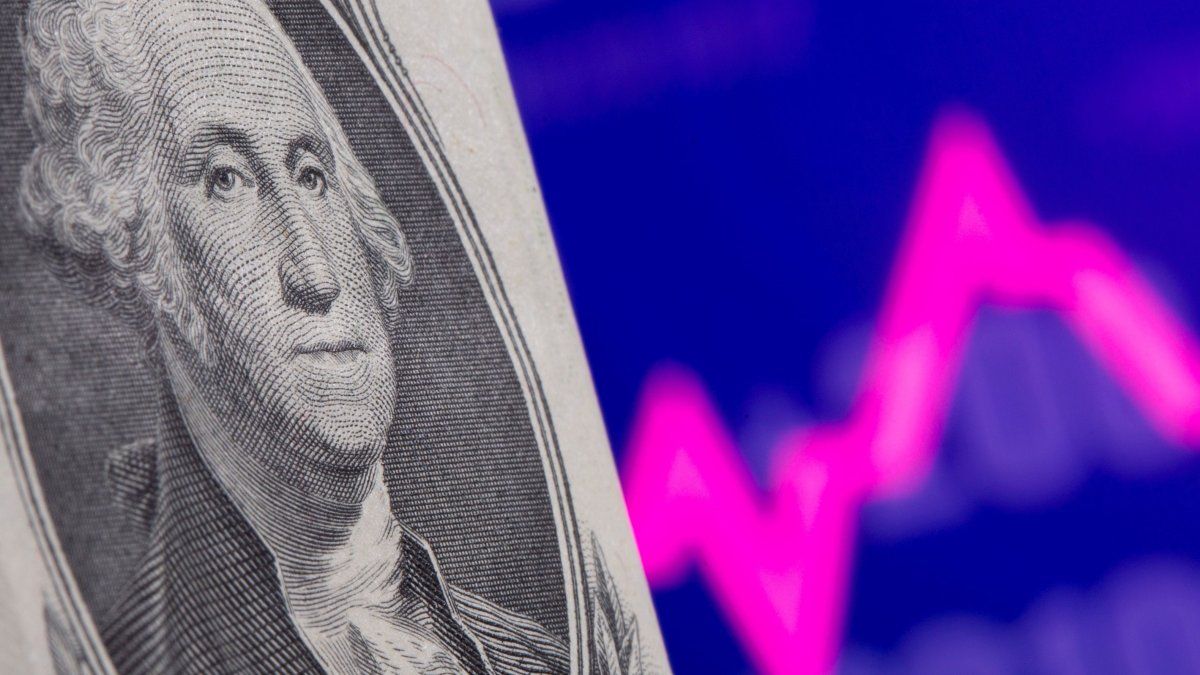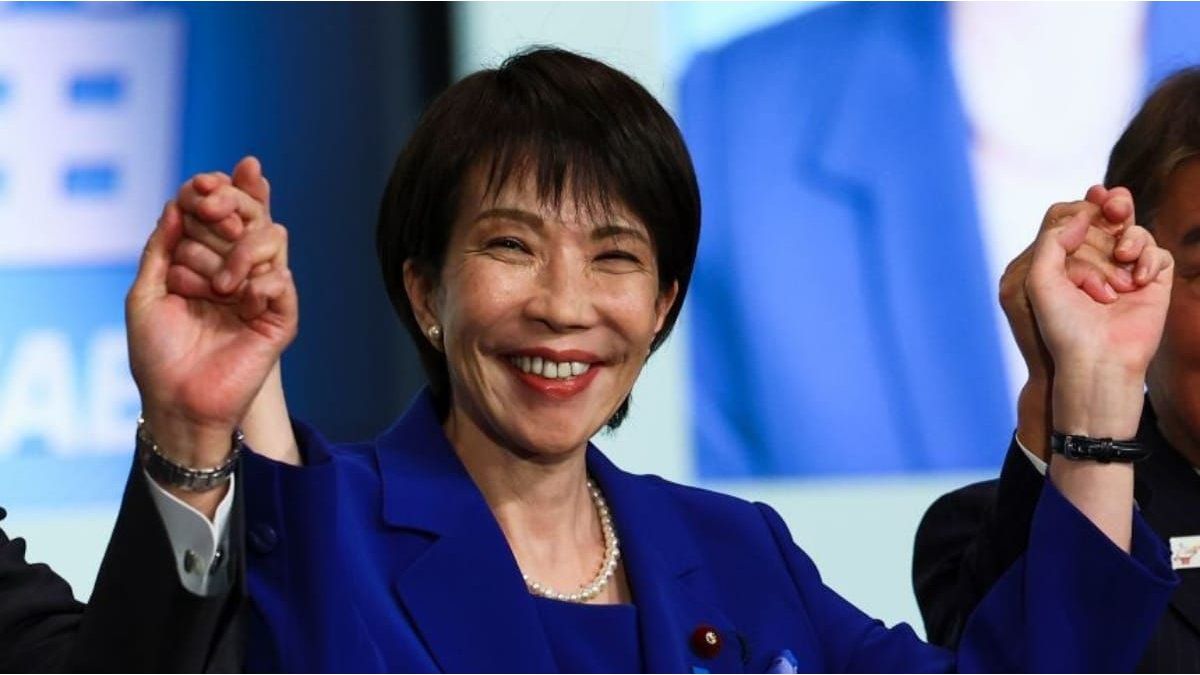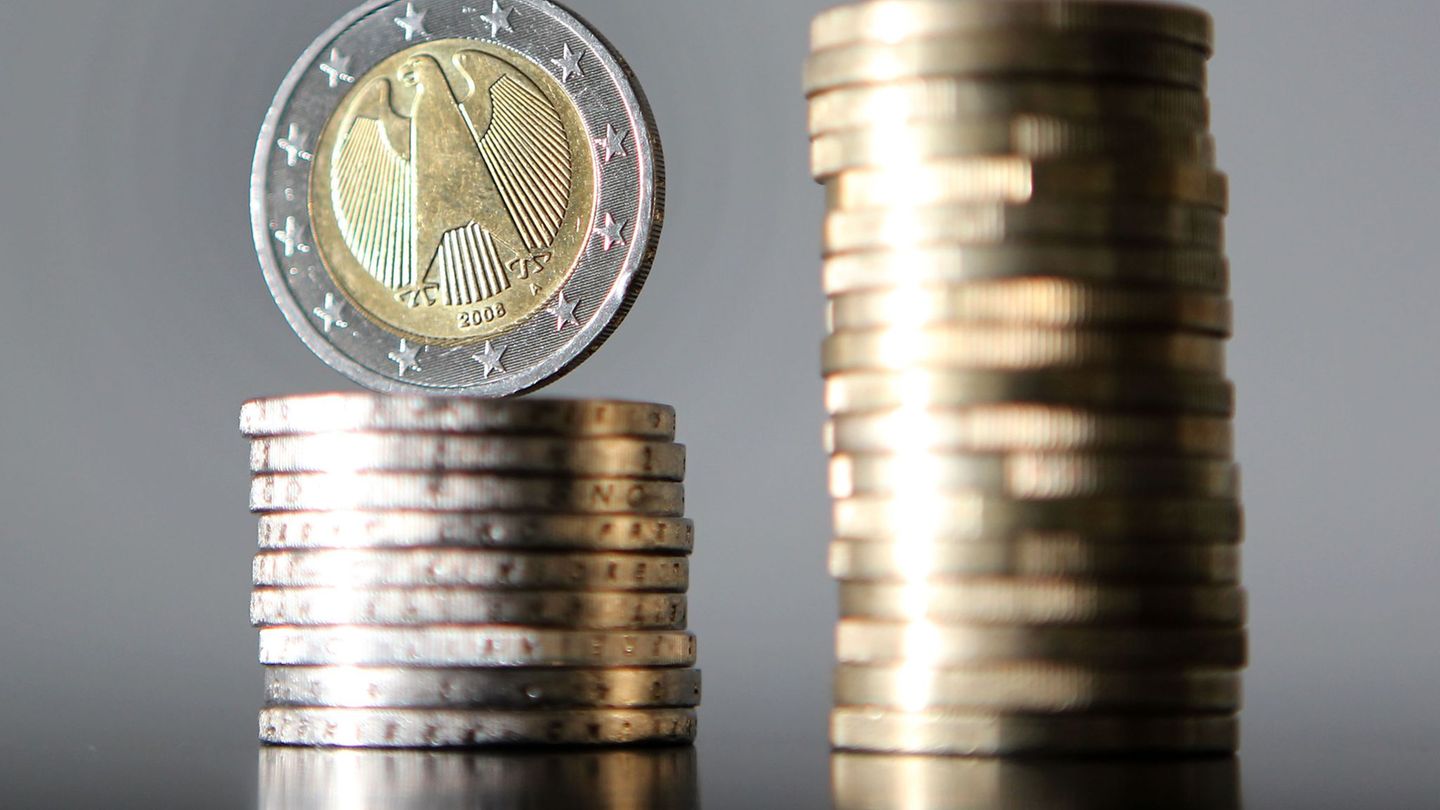. – An understanding is being worked on with the IMF that extends the agreement until 2030, contemplating the possibility of a disbursement of between US$5,000 and US$7,000 million.
What would the money be used for?
. – To reinforce the reserves of the Central Bank, and make a change in the organic charter of the Central Bank, the banks would have a higher reserve requirement than the current one, so that they do not squander resources, and the Central Bank acting as lender of last resort will decapitalize, therefore, there is speculation in a scheme of high reserve requirements.
This is real?
. – We do not know, we do know that the government is cleaning up the balance sheet of the Central Bank, since the liabilities that the governing body has are being exchanged for debt from the treasury, this allows the government to capitalize the Central Bank, and clears the stage of a probable devaluation.
Increases treasury debt
. – Correct, but it renews the debt, and in this way it only validates new debt without putting in short-term money, at some point this debt must become long-term debt and begin to be paid accordingly.
If the treasury debt increases we are in trouble
. – In a way it is correct, the treasury will have to make a greater effort to pay the debt, and if it fails to do so it puts the entire public debt at risk.
If we are very fair with the fiscal surplus, more efforts will have to be made.
. – Correct, we will have to lower public spending further, or proceed to work on incentives to increase tax revenue. It is clear that new taxes will not be applied, and we are in an economic scenario where some taxes must disappear.
For example?
. – To begin talking about the same ones that the president chooses to eliminate, country tax, withholdings and check tax.
So?
. – The government seeks to have a fiscal surplus, capitalize the Central Bank, and limit the credit capacity of the banks.
Where are we going to finance ourselves?
. – The bank will probably do the trick with the financing, and then have to turn around and sell the loans on the market.
The market will aim for a positive rate
. – Correct, we are in the final stage of credits at a negative rate against inflation, from now on the financing will be at positive rates, so companies will have to have a greater margin of profitability to repay the financing. Companies that already had a good margin will have to give up part of it if they want to finance themselves in the market. Otherwise, companies must invest their own capital, and leave aside the financing option.
Argentina is very undercapitalized
. – It is clear that there is little capital, but you cannot set up a company only leveraged with State loans at negative rates, it is time to go to the capital market, companies must have a greater endowment of their own capital.
Many companies are not prepared for this scenario.
. – Companies will have to look for more scale, horizontally and vertically, those who cannot scale will surely fall by the wayside. Prices will be determined by the market, therefore, there is a lot to work on in the production processes, which cover the costs and expenses of a company, this implies improving processes and achieving the greatest amount of budgetary savings.
We’re going to have to work
. – Correct, because in the current scheme the borders will also be opened and the national businessman will have to compete with products from abroad.
The fiscal surplus of the treasury is clear to me
. – Correct, it is an anchor of the economic plan, the government will never have a fiscal deficit again.
The role of the Central Bank is not clear
. – The Central Bank will be capitalized, it will do its job of supervising the financial system, which will be left with high reserve requirements to eliminate the possibility of multiplying money through the banks. From there, two fundamental laws would be worked on: the issuance of money would be prohibited, and other currencies, such as the dollar, would be given legal tender.
If the economy grows, the amount of pesos would remain fixed
. – Correct
In a country like Argentina, the amount of dollars far exceeds the amount of peso.
. – Correct, since we would have few pesos, the economy will be monetized with the dollars that come out of the mattress, that is called endogenous dollarization.
What would happen to the bonds?
. – The bonds would rise in price, because the treasury, having a fiscal surplus, guarantees the payment of the securities. On the other hand, a capitalized Central Bank, a financial system with high reserve requirements and the impossibility of creating money ends up eliminating the possibility of a high inflation scenario, or devaluation of the monetary sign.
Argentina would be a model
. – If only yes, Argentines accept the model of order and management imposed by the president, with a fiscal surplus, a healthy Central Bank, and companies begin to work by gaining scale and lowering the price of everything they produce.
For this to happen, there must be an investment current
. – External and internal investment, in good romance the money has to come out of the mattress and circulate through the economy, if this does not happen we are in trouble.
It’s a bold plan
. – It is bold and brave, because if it goes wrong, they will have a lifetime to explain why everything good that was imagined, ultimately did not happen. If the national businessman does not invest, unemployment will be very high, and the economy would take too long to reactivate.
Source: Ambito
I am a 24-year-old writer and journalist who has been working in the news industry for the past two years. I write primarily about market news, so if you’re looking for insights into what’s going on in the stock market or economic indicators, you’ve come to the right place. I also dabble in writing articles on lifestyle trends and pop culture news.




